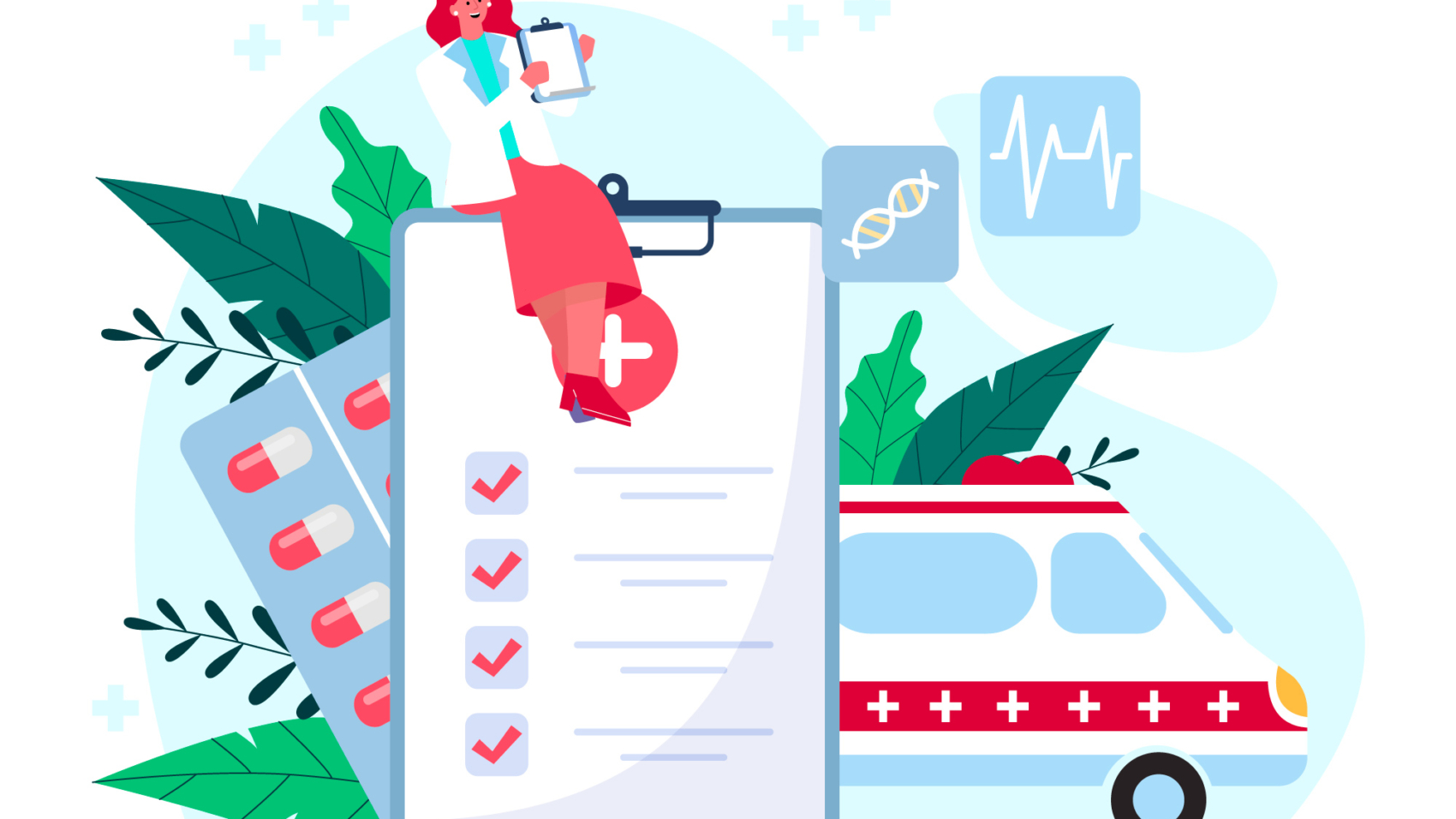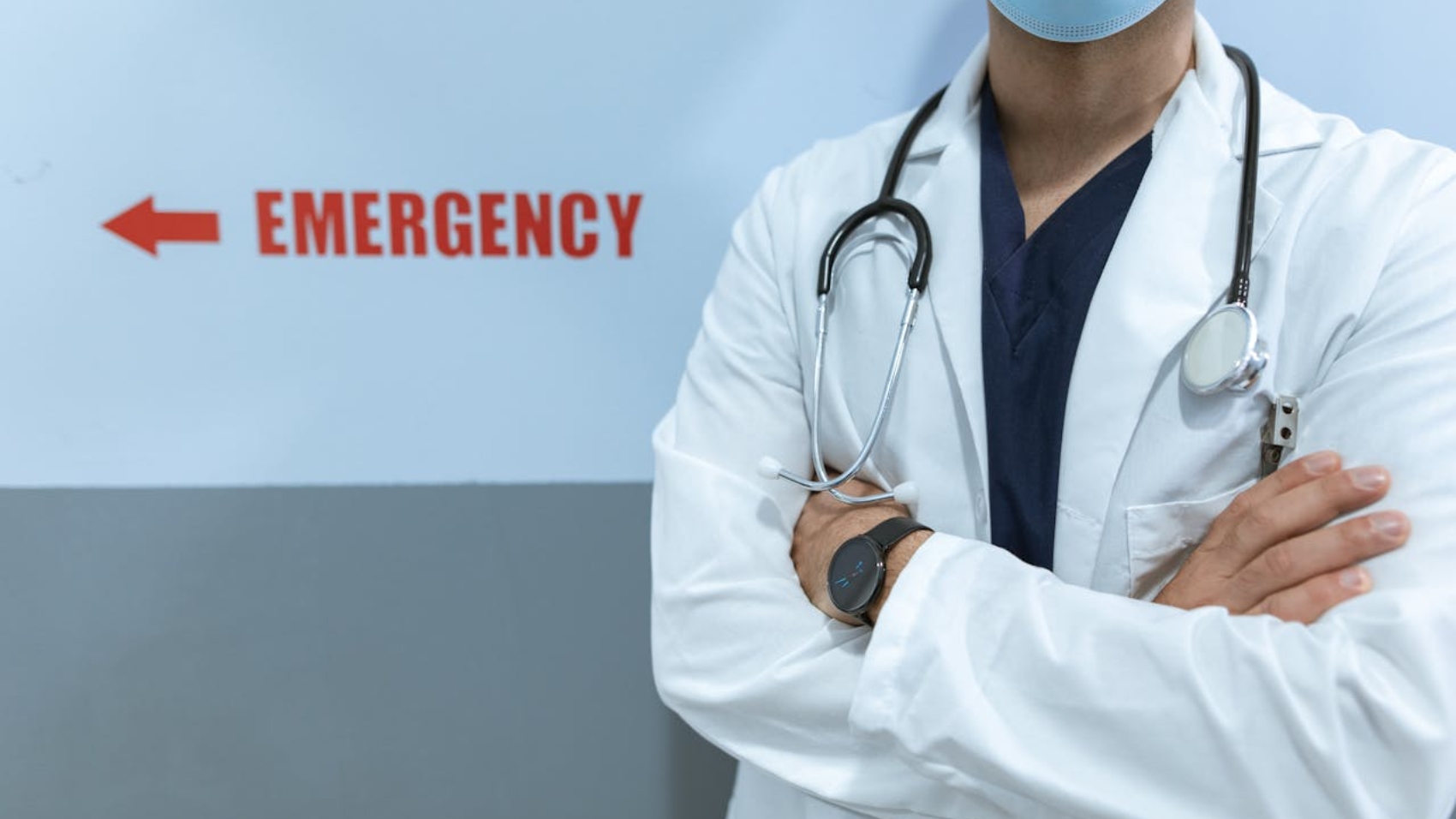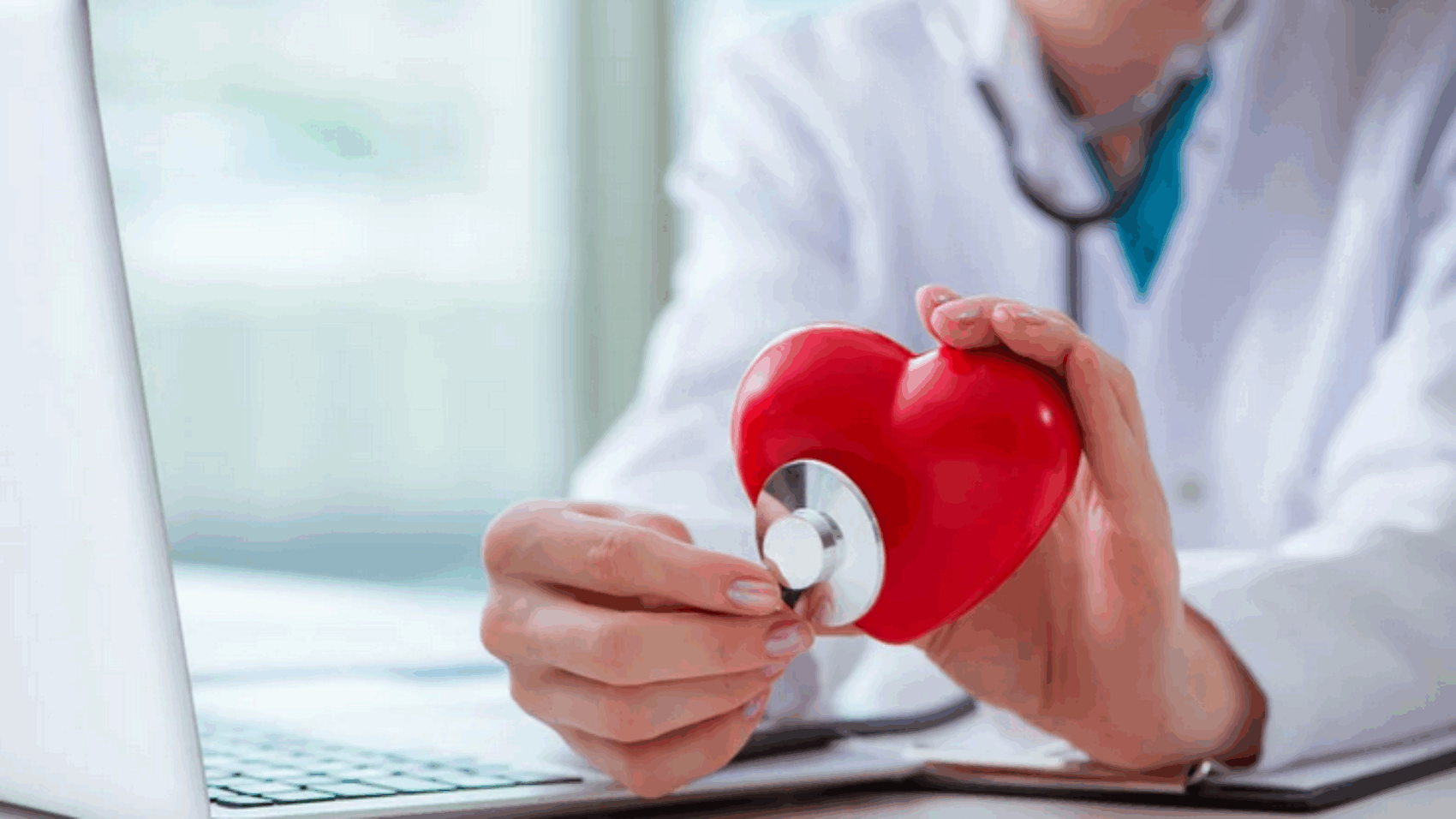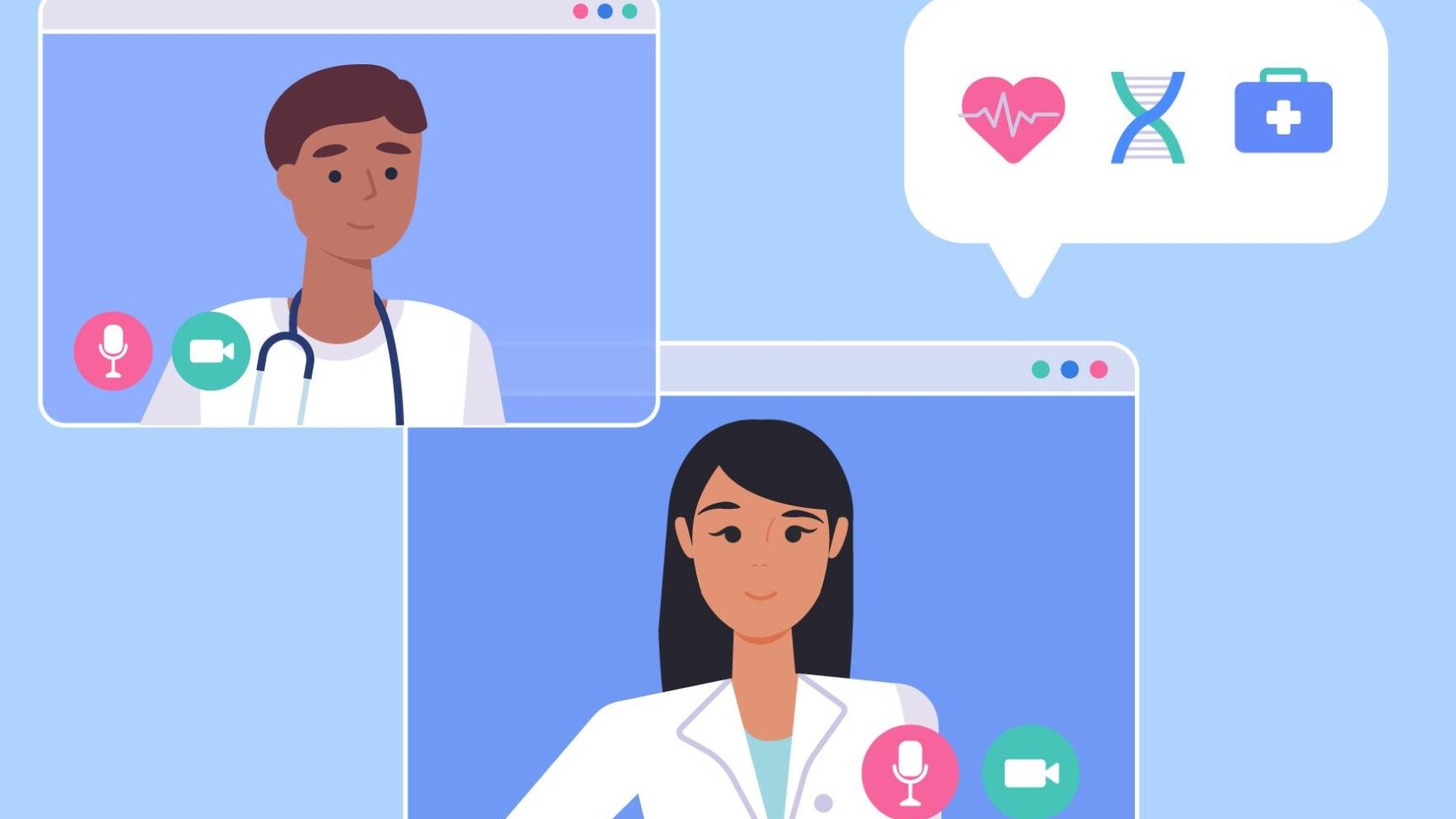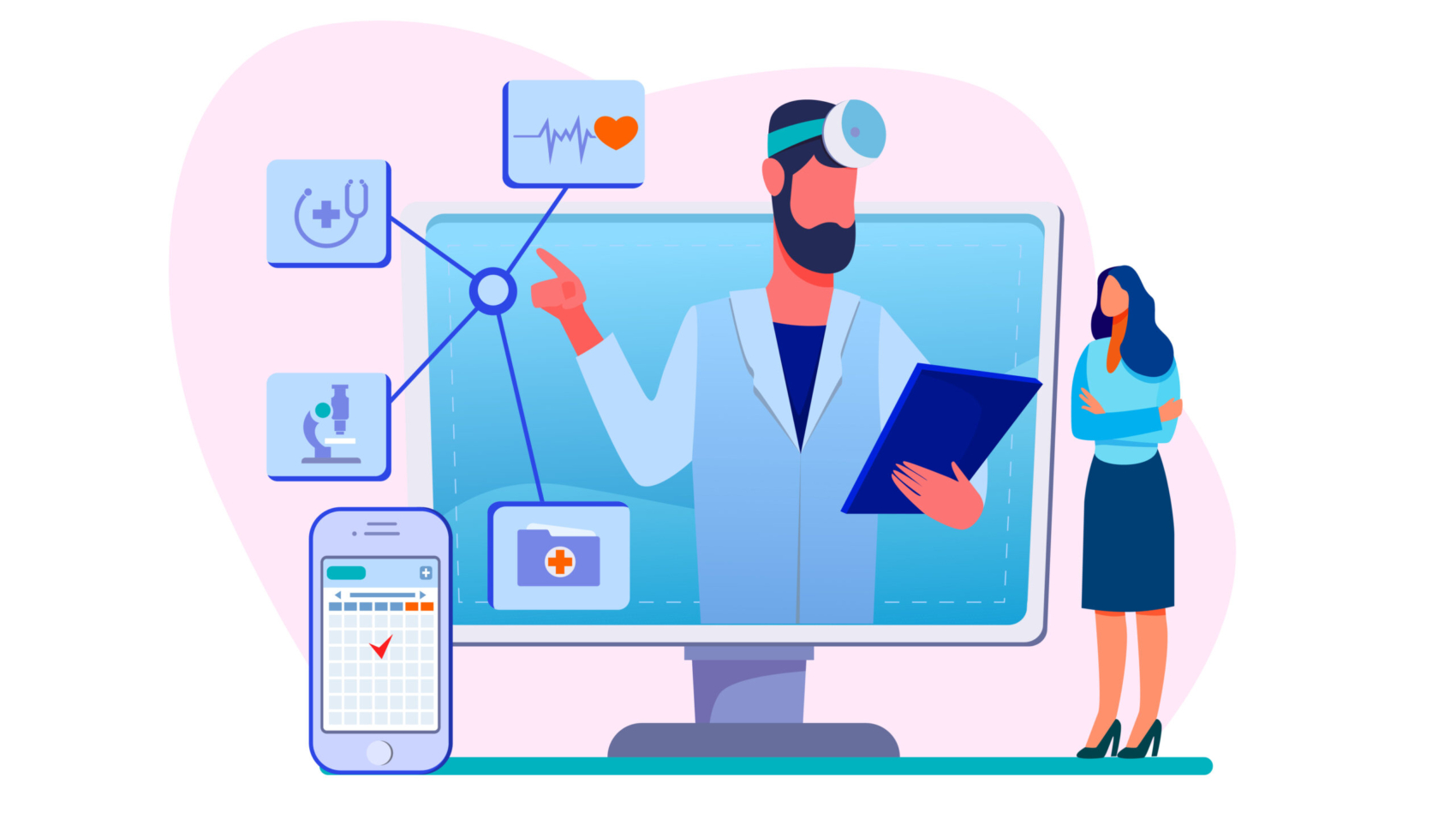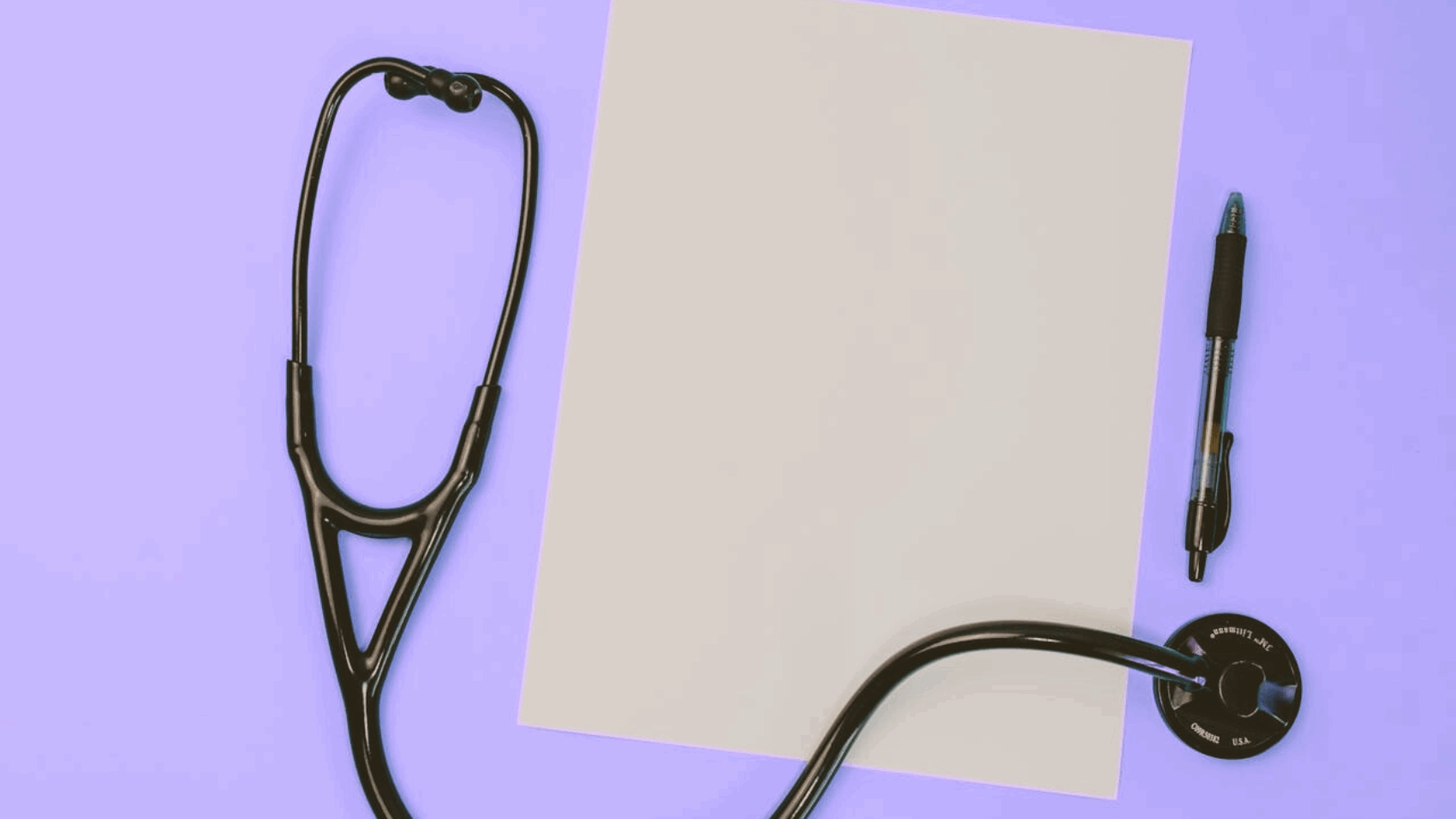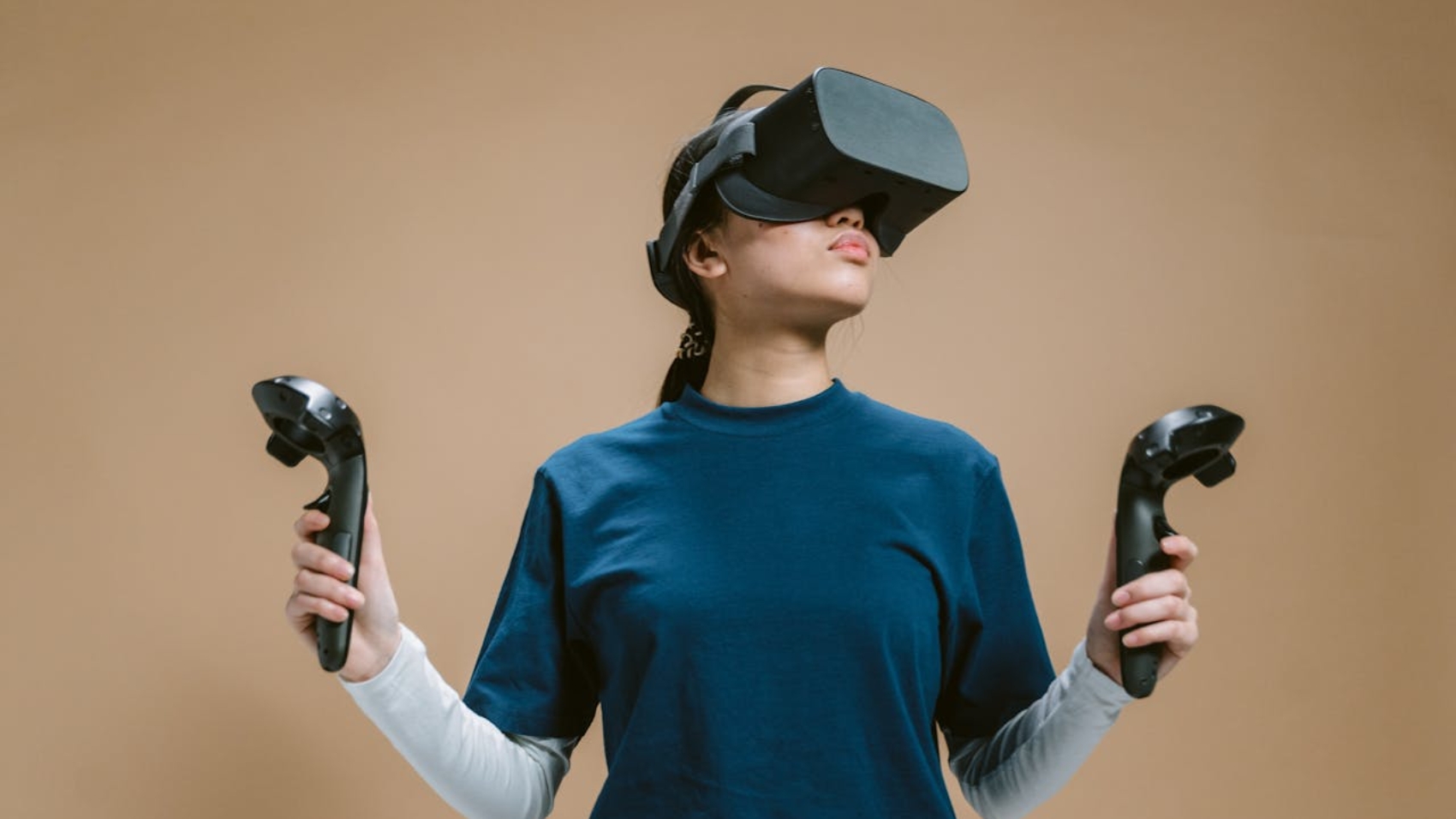Pregnancy is an exciting and transformative time in a woman’s life, but it also presents unique medical challenges. Both during pregnancy and in the postpartum period, regular check-ups are crucial for ensuring the health and well-being of both the mother and the baby. With complications often arising unexpectedly, it is essential that pregnant and postpartum women receive timely care and attention. This article explores why regular check-ups during pregnancy and postpartum are necessary and how modern healthcare solutions, like telemedicine and ERTriage, can enhance care delivery in emergency settings.
Why Regular Check-Ups Are Crucial
Routine check-ups during pregnancy are designed to monitor the health of both mother and baby. These visits allow healthcare professionals to detect any potential complications early, such as hypertension, diabetes, or preeclampsia, which can be critical to the health of both. In the postpartum period, check-ups are just as important to identify complications like infection, hemorrhage, or mental health concerns, including postpartum depression.
- Monitoring Maternal Health One of the primary reasons for regular check-ups during pregnancy is to monitor the health of the mother. Pregnancy leads to various physiological changes, such as an increase in blood volume, hormone fluctuations, and changes in metabolism. These changes can increase the risk of complications like hypertension and gestational diabetes. Regular screenings for these conditions can help identify and manage them before they lead to more severe issues.
- Ensuring Fetal Health Check-ups are also crucial for monitoring the baby’s growth and development. Through ultrasounds and fetal heart monitoring, healthcare providers can track the baby’s well-being and detect any issues, such as fetal distress or abnormal growth. Early identification of complications can lead to interventions that may prevent more severe outcomes for both mother and baby.
- Early Detection of Pregnancy Complications Pregnancy is a time when certain conditions may develop unexpectedly. Early warning signs of issues such as preeclampsia, gestational diabetes, or an ectopic pregnancy may not be immediately apparent. Regular check-ups help healthcare providers catch these signs early, ensuring that prompt treatment can be provided to prevent further complications. Timely management of these conditions is essential for maternal and fetal health.
Postpartum Care and Check-Ups
The postpartum period is often overlooked when it comes to medical care, but it is just as crucial as prenatal care. After childbirth, women may experience complications like excessive bleeding, infections, or problems with breastfeeding. A postpartum check-up is essential for identifying and treating these conditions. Mental health is also a major consideration in the postpartum period, as many women experience postpartum depression or anxiety. Regular check-ups allow for early intervention and appropriate treatment to support a woman’s emotional and psychological well-being.
Telemedicine and ERTriage: Enhancing Emergency Care
Regular check-ups are crucial for monitoring health, but emergencies can arise at any time during pregnancy or the postpartum period. When complications occur, immediate care is often needed. Emergency departments are where pregnant or postpartum women frequently go for help. The ability to quickly assess and triage these patients can be lifesaving.
ERTriage, an advanced triage system, plays a vital role in these situations. It uses artificial intelligence and telemedicine to assess the urgency of a patient’s condition. ERTriage provides real-time recommendations to healthcare providers, helping prioritize cases. For pregnant or postpartum women in the emergency room, this system ensures that those needing immediate care are quickly identified and treated.
Telemedicine integration further enhances this process. It allows for fast communication with obstetric specialists. This reduces the time needed for diagnosis and treatment, ultimately improving patient outcomes.
Access to Care: Overcoming Barriers with ERTriage
Access to healthcare can be challenging for pregnant and postpartum women, especially in rural areas where obstetric services may be limited. In the absence of an obstetrician on-site, telehealth solutions like ERTriage provide a vital link to expert care. With telemedicine, healthcare providers can remotely consult with obstetric specialists, even if they are not physically present at the facility, ensuring that women receive timely and expert care, regardless of location.
Additionally, some women face cultural and socioeconomic barriers to accessing healthcare, such as language differences or lack of insurance. ERTriage’s integration into emergency care systems helps to streamline the process, ensuring that care is not delayed due to these factors. This innovative solution helps improve patient outcomes by ensuring that every woman, regardless of her background or financial situation, has access to the care she needs.
Key Recommendations for Healthcare Providers
- Education and Training: Emergency care teams should receive specialized training on the physiological changes that occur during pregnancy and postpartum. This training helps them identify early warning signs of complications. It ensures that emergency nurses and other providers are prepared to handle the unique challenges these cases present.
- Collaboration with Obstetricians: Collaboration between emergency departments and obstetricians is essential to ensuring comprehensive care for pregnant and postpartum women. With ERTriage, emergency nurses can quickly connect with obstetricians and receive guidance on how to manage complex cases effectively.
- Access to Telemedicine: Hospitals should consider implementing telemedicine solutions, such as ERTriage, to bridge the gap in care, especially in rural or underserved areas. This will allow emergency departments to quickly assess and treat pregnant or postpartum women, even if obstetricians are not available on-site.
- Standardized Protocols: Emergency departments should develop and follow standardized protocols for handling pregnancy and postpartum emergencies. These protocols should be in line with guidelines set by regulatory agencies and be regularly reviewed and updated to ensure the best care for patients.
Conclusion
Regular check-ups during pregnancy and the postpartum period are crucial for ensuring the health and well-being of both mother and baby. Early detection of complications can prevent life-threatening conditions and improve outcomes for both patients. Moreover, in emergency situations, systems like ERTriage provide valuable support in triaging, diagnosing, and managing pregnant or postpartum patients. By integrating telemedicine into emergency care settings, healthcare providers can offer more timely and accurate care, ultimately saving lives and reducing complications.

